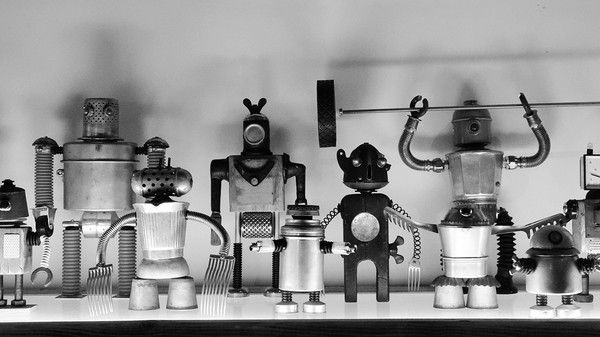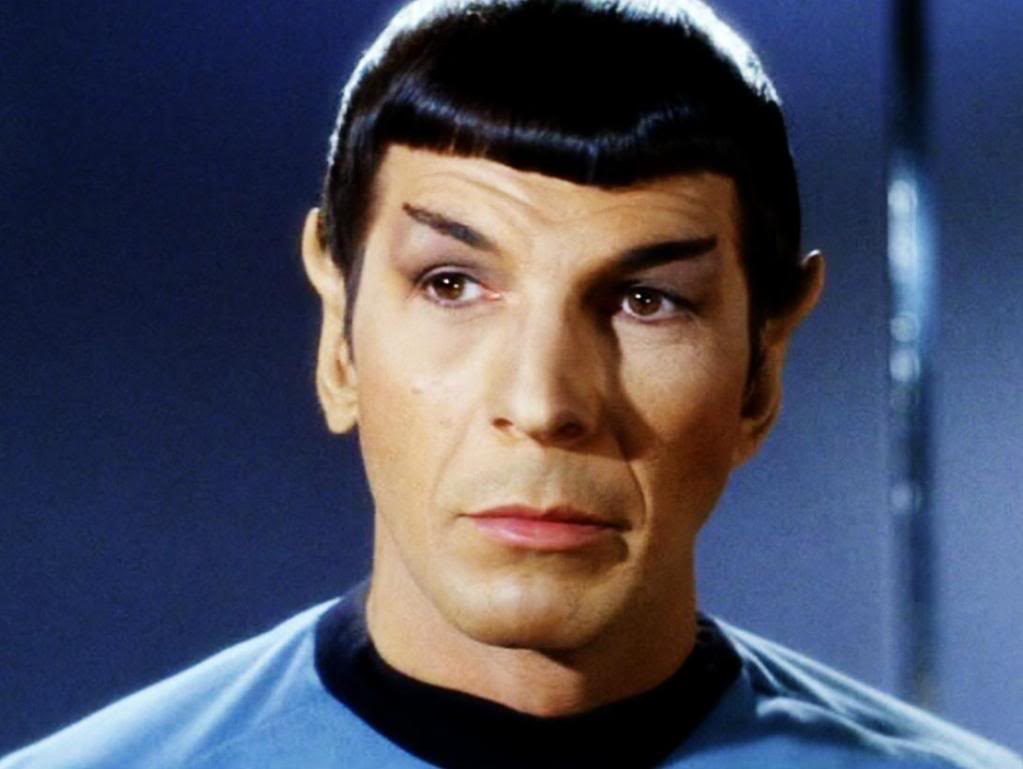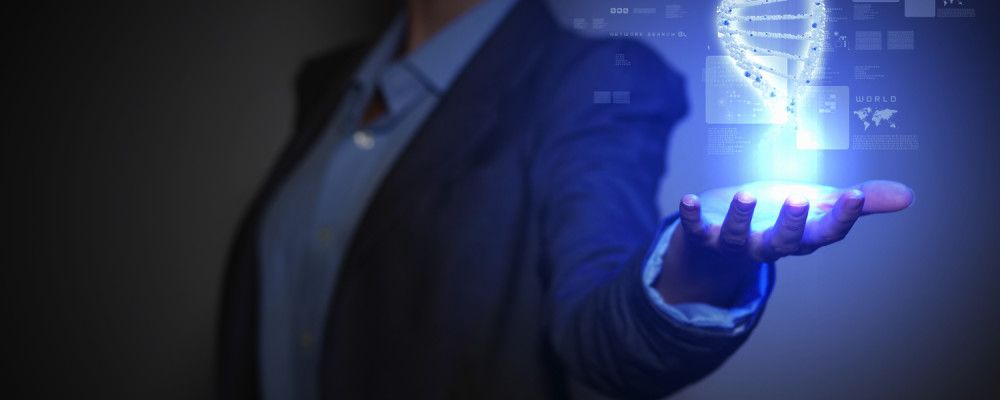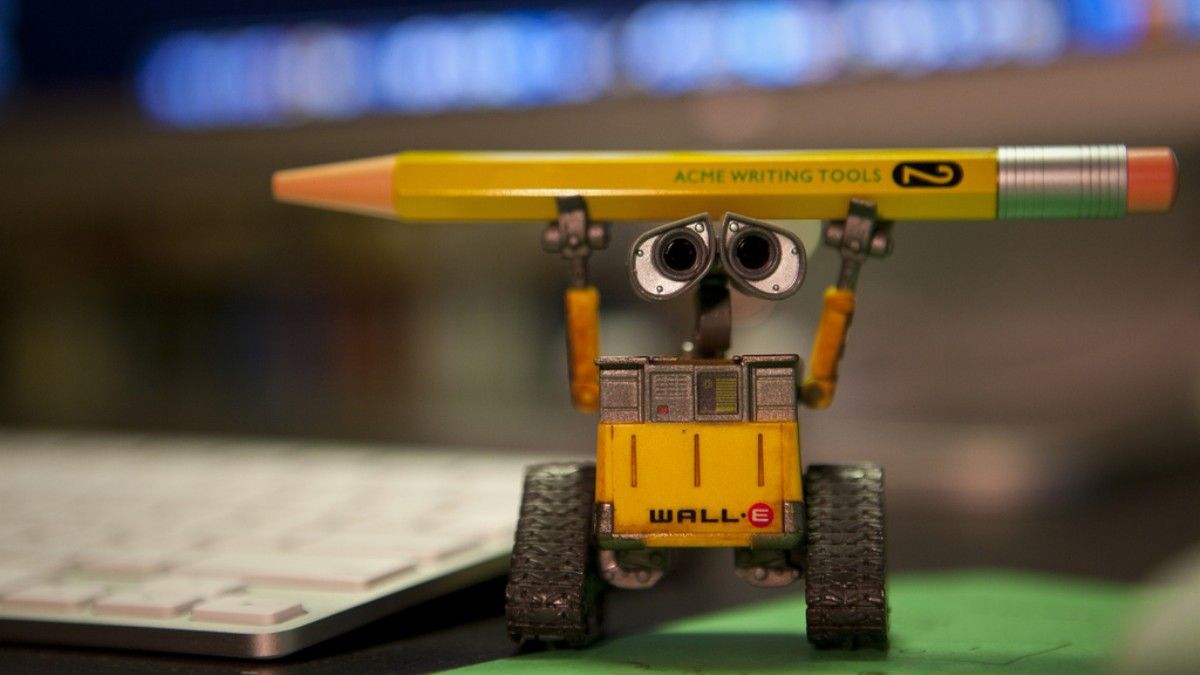Most of physical science is nice and non-fraudulent. But cosmologists and particle physicists have lost contact to reality and defend superstition in a criminal fashion.
This was my friend Benoit Mandelbrot’s experience in 2000, because he had explained the Kepler-Olbers paradox (“Why is the night sky dark?”) in a non-expansionist way. Before him, Fritz Zwicky had become ostracized for making such a proposal.
The Zwicky-Mandelbrot result has since been proved and explained with publications starting in 2003. But there is no response to the two independent proofs offered (a statistical mechanics of mutually attractive particles; a demonstration that Einstein’s constant c in the vacuum is a global and not just a local constant of nature everywhere).
So the standard cosmology as defined in any school text is based, not on ignorance but on lies? One could go so far as say so, although of course most of the worshipers of the disproved gospel never heard of its demise since the leading journals and media suppress the dogma-defying results.
This could be a nice anecdote for future historians of science. But it also has a non-humoristic side to it: The “Big-Bang experiment” – designed to re-create the conditions of the Big Bang down on earth – refuses to update its 7 years old Safety Report before doubling its world-record collision energies for protons in a few weeks’ time from now. Conditions that never existed before in the history of the universe are thus being tried to be created down on earth – with blue eyedness. Putin’s self-assurance is nothing by comparison.
This is a relapse into the darkest times of the middle ages – in the year 2015. And the media are disallowed to report. It would be nice to learn who is legally responsible for the fraudulent curfew. Stockholm – because they would lose their reputation?




